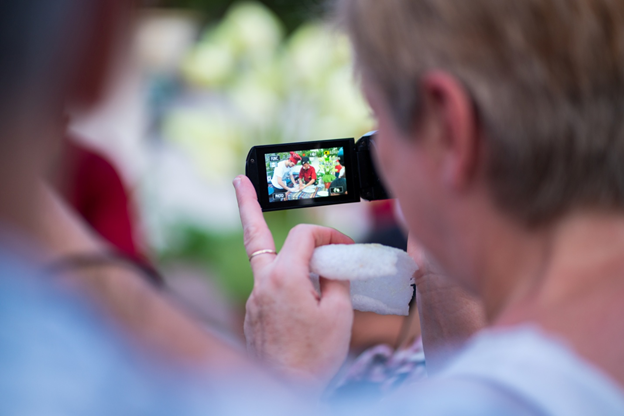(+84) 981 559 268
info@cozyboutiquecruise.com
(+84) 981 559 268
info@cozyboutiquecruise.com
Authentic Cooking Demonstration

Travel through the food is a good way to understand local culture. The diversity of our culture, the rich history of our country, give us excellent ways in combining ingredients to design our own food.
Traditional Vietnamese cooking is greatly admired for its fresh ingredients, minimal use of dairy and oil, complementary textures, and reliance on herbs and vegetables. With the balance between fresh herbs and meats and a selective use of spices to reach a fine taste, Vietnamese food is considered one of the healthiest cuisines worldwide.
Vietnamese Cuisine has its own philosophy. We respect the balance rules, therefore the art of combination of fragrance, taste, and color are so important. We always have five elements which are known for its balance in each of these features. Many Vietnamese dishes include five fundamental taste senses: spicy (mental), sour (wood), bitter (fire), salty (water), and sweet (earth), corresponding to five organs: gall bladder, small intestine, large intestine, stomach, and urinary bladder. And the cuisine also includes five types of nutrients: powder, water or liquid, mineral elements, protein, and fat. Five elements appear also in the effort of having five colors in each dish: white (metal), green (wood), yellow (earth), red (fire), and black (water).
Vietnamese dishes appeal to gastronomes via the five senses: food arrangement attracts eyes, sounds come from crisp ingredients, five spices are detected on the tongue, aromatic ingredients coming mainly from herbs stimulate the nose, and some meals, especially finger food, can be perceived by touching.
All of the above leads to a Yin-yang balance that to compose a meal in a way it provides a balance that is beneficial for the body.
So we believe that sharing our culture through the dishes is a lovely way to get everyone closer to each other. One hour of cooking time with us, on the sundeck, at the end of the day while enjoying your drink, is a happy and a relaxing time.
| |
Hanoi Sales Office No 105, Lane 36 Hai Ba Trung street,Hoan Kiem district, Hanoi, Vietnam |
| (+84) 981 55 9268 | |
| info@cozyboutiquecruise.com | |
|
|
|
  |
|